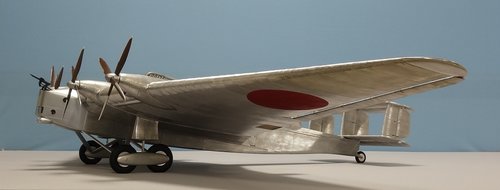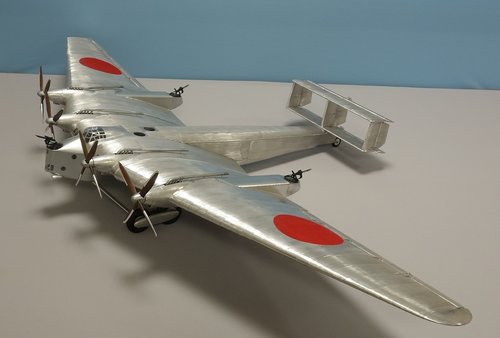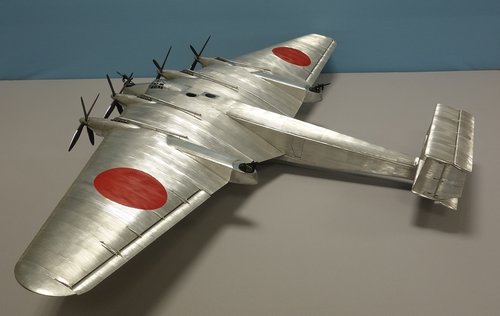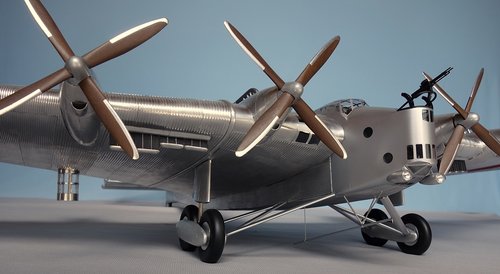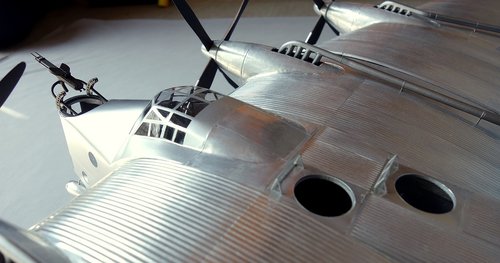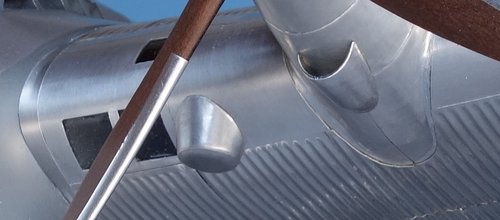The type-92 Heavy Bomber (Ki 20) is a four-engine heavy bomber that Mitsubishi made for the IJA by obtaining a manufacturing license for the G.38 airliner's bomber type K.51 from Junkers and the development of prototypes was advanced in secret. The first flight of the prototype was in October 1931. By 1935, six aircraft had been built.
According to one theory, it was the purpose of the production of this bomber to aim at the Corregidor fortress in the Philippines from Taiwan, but this huge four-engine aircraft was treated as a military secret, and open to the public was only once when it flew over Tokyo at the military ceremony in January 1940.
Crews were able to walk standing in the wing of this aircraft.
This bomber once flew from Hamamatsu to Pyongyang, and flew for 13 hours continuously in the air training. This bomber became obsolete in secret, and the mission ended without participating in the actual battle.
1928 : Completed K.51 blueprint at Junkers
Mitsubishi acquires K.51 manufacturing rights (license)
November 1929 : G.38 first flight in Germany
1930 : Mitsubishi purchased two airframe parts and parts The engine was decided on four L.88 units.
Mitsubishi invited engineers from Junkers to renovate the aircraft for the Army.
October 1931 : The first prototype was completed and the first flight was made at Kagamihara Airfield.
1932 : The second unit was completed, and the third unit was completed six months later.
Unit 1 and Unit 2 were knock down production of Junkers.
After that, one aircraft was made every six months. Parts were domesticized from Unit 3.
1933 : A prototype number of Ki 20 was given and adopted as a Type 92 heavy bomber, but development was discontinued after the production of six aircraft was completed.
1935 : Unit 5 and Unit 6 were completed.
Type 92 heavy bomber specification
Engine: Unit 1 to Unit 4 Yu-1 type (Junkers L.88) liquid-cooled in-line 12-cylinder 800hp x4
Unit 5, Unit 6 Yu-Jumo type (Junkers Jumo 204) Six-cylinder 12-piston liquid-cooled opposed in -line two-stroke diesel 720hp x4
Crews : 10, All-metal flame, cantilevered main wing, wave plate (Junkers outer plate) stressed skin structure.
Span : 44.00m, Length : 23.20m, Height : 7.00m, Empty weight: 14,912kg, Gross weight: 25,488kg
Maximum speed: 200km/h / Range: 2,000km
